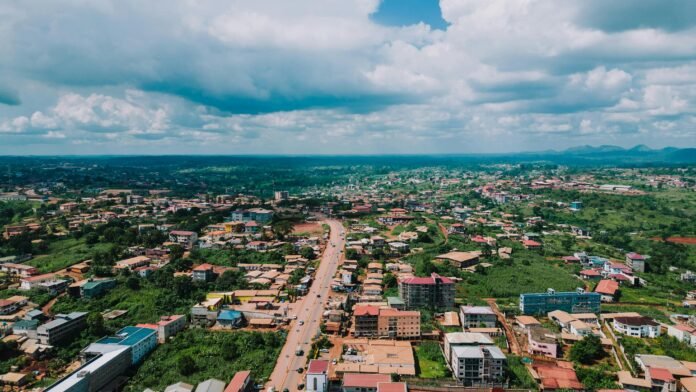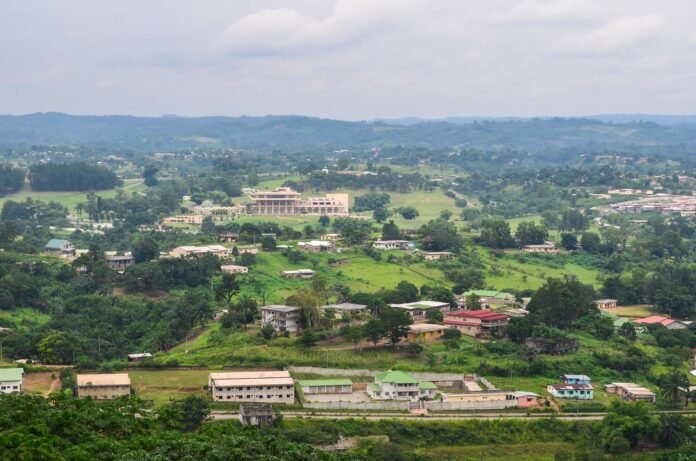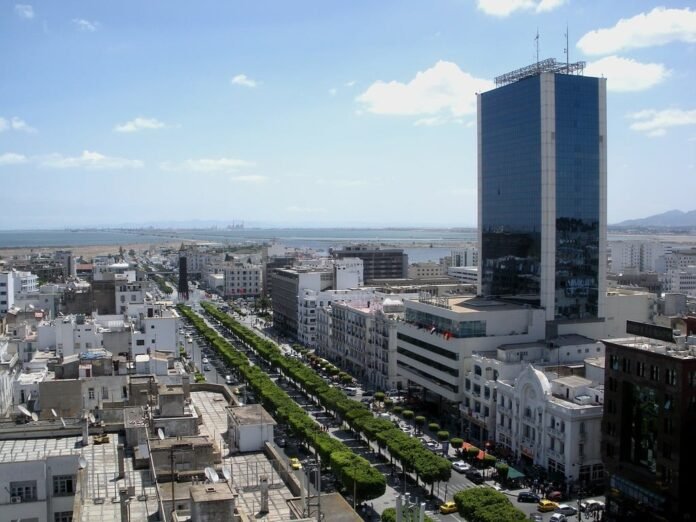Sudan’s healthcare financing system includes both public and private health insurance schemes, each with its own advantages and limitations. While public health insurance serves as the foundation of the nation’s healthcare access strategy, private insurance plays a complementary role, primarily targeting corporate clients. The key similarities and differences between these two sectors highlight critical challenges and opportunities within Sudan’s health system.
Similarities
Both public and private health insurance in Sudan aim to provide comprehensive health coverage, including primary, secondary, and tertiary care services. The benefits often include outpatient consultations, diagnostic services, specialist referrals, and hospital admissions. Importantly, both types of schemes incorporate cost-sharing mechanisms—typically in the form of co-payments for medicines and services—although the levels and flexibility of these vary.
Another shared trait is the focus on organized groups. Public schemes like the National Health Insurance Fund (NHIF) and Health Insurance Corporation of Khartoum State (HIKS) target formal sector employees and their dependents, while private insurers mainly cater to institutional clients, such as companies, NGOs, and international organizations. In both systems, the informal sector remains largely underserved, despite efforts such as voluntary enrolment and subsidized coverage for the poor via Zakat and the Ministry of Finance.
Differences
One of the most pronounced differences lies in accessibility and inclusiveness. Public health insurance—especially through the NHIF—is more inclusive of vulnerable populations, offering subsidized or free premiums for poor households and mandatory enrolment for public sector workers. In contrast, private health insurance is largely exclusive to corporate clients, with minimal options for individuals or families. This limitation is due to high premiums and the group-based model of service delivery, with premiums ranging from 1,500 to 6,000 SDG per person per year.
Gatekeeping mechanisms also differ. Public insurance typically requires patients to consult a general practitioner before accessing higher levels of care, a policy designed to control costs and manage patient flow. Conversely, private insurance often allows direct access to specialists and hospitals, offering greater convenience and faster service but at a higher cost.
Medicine co-payments present another contrast. Public insurance requires patients to pay about 25% of medication costs, while private insurance packages may reduce this burden to as low as 0–10%, depending on the tier of coverage.
Top Public Health Insurance Options in Sudan
Sudan’s healthcare system has long faced numerous challenges, from political instability and underfunding to a lack of infrastructure and human resources. As of 2025, public health insurance in Sudan remains limited, both in scope and reach. Unlike many other nations with multiple competing public insurance schemes, Sudan predominantly relies on a single, centralized public health insurance provider—the National Health Insurance Fund (NHIF). This section explores the NHIF in depth, as it is currently the only significant public health insurance provider in the country.
1. National Health Insurance Fund (NHIF)(Official website: http://www.nhif.gov.sd/)
Cost:
The NHIF is heavily subsidized by the Sudanese government, making it relatively affordable for the average citizen. For public sector employees, the premium is automatically deducted from salaries, typically around 10% of the employee’s basic monthly income. For informal workers or unemployed individuals, the cost may vary depending on income level and regional government initiatives.
Available Services / Coverage Features:
The NHIF provides a basic package of health services, which includes:
- Outpatient care (consultations, diagnostics)
- Inpatient services (including surgery and maternity)
- Emergency care
- Essential medications
- Vaccinations and preventative care
However, the availability of these services often depends on the region, with urban centers like Khartoum having more reliable access compared to rural or conflict-affected areas.
Open for All or Limited:
Theoretically, the NHIF is open to all Sudanese citizens and legal residents. In practice, coverage is more readily available to government employees, military personnel, and individuals living in urban centers. The informal sector, which makes up a significant portion of the population, faces hurdles in accessing enrollment and consistent care. Despite efforts to expand universal coverage, practical implementation is patchy.
Core Financial Features:
The NHIF is designed as a contributory social health insurance system, pooled at the national level. Key financial features include:
- Government subsidies for vulnerable groups
- Cross-subsidization, where the healthier population helps cover the cost for the sick
- Partnership with both public hospitals and select private clinics to provide services under the scheme
That said, the NHIF has struggled with budget constraints, reimbursement delays, and underfunded health facilities. These financial bottlenecks can lead to poor service quality or unavailability of medications in many regions.
Consumer Satisfaction Score:
Accurate, up-to-date consumer satisfaction scores for NHIF are difficult to obtain due to a lack of systematic data collection. However, anecdotal evidence and local surveys suggest mixed reviews. Urban residents generally express moderate satisfaction, especially those with stable jobs. In contrast, rural residents often report dissatisfaction due to poor access, staff shortages, and long wait times. Overall, an estimated consumer satisfaction score would fall between 45–55%, reflecting moderate to low confidence in the system.
Top Private Health Insurance Providers in Sudan
Sudan’s private health insurance market is relatively underdeveloped compared to global standards, largely due to economic instability, a fragile healthcare infrastructure, and limited consumer purchasing power. Nevertheless, a few private health insurance companies operate in the country, primarily targeting urban populations, expatriates, and middle- to high-income groups. These private insurers often offer more comprehensive and higher-quality services than the public sector, albeit at a higher cost. Below is an overview of the most notable private health insurance options currently available in Sudan.
1. Shiekan Insurance and Reinsurance Co. Ltd.(Official website: http://www.sheikanins.sd/)
Cost:
Premiums are tiered based on the age, health condition, and coverage level of the insured. On average, individual plans start at around SDG 300,000–500,000 per year (approximately USD 500–800), with corporate plans negotiable based on group size.
Available Services / Coverage Features:
- Inpatient and outpatient care
- Diagnostic services and specialist consultations
- Maternity and surgical coverage
- Emergency care and ambulance services
- Access to private clinics and hospitals
- Optional dental and optical add-ons
Open for All or Limited:
Shiekan’s services are primarily available in urban areas like Khartoum and Port Sudan. Policies are open to individuals, families, and corporate groups, though affordability remains a barrier for low-income individuals.
Core Financial Features:
- Annual renewable contracts
- Co-payment and deductible options depending on plan
- Cashless service at affiliated facilities
- Reimbursement available for out-of-network services
Consumer Satisfaction Score:
Shiekan enjoys a relatively high reputation in Sudan’s limited private insurance market, with a consumer satisfaction score of around 70%, due to its responsive customer service and access to quality healthcare providers.
2. Islamic Insurance Company (Sudan)(Official website: http://www.islamicins.sd/)
Cost:
Individual coverage ranges from SDG 250,000 to SDG 600,000 annually (USD 400–900), with customizable plans for families and businesses.
Available Services / Coverage Features:
- General medical consultations
- Hospitalization and surgeries
- Diagnostic tests
- Emergency and ambulance services
- Limited maternity benefits
- Some wellness services included
Open for All or Limited:
Open to all citizens and residents, but mainly operates in cities. Plans are most accessible to professionals, employers, and NGO staff.
Core Financial Features:
- Takaful (Islamic cooperative) model
- Transparent profit-sharing mechanisms
- Discount incentives for group policies
- No-interest and ethical investments backing the insurance funds
Consumer Satisfaction Score:
The company is noted for ethical practices and cultural sensitivity, earning a 65% satisfaction score. Some users report delays in reimbursements but overall find services reliable.
3. Al Baraka Insurance Company(Official website: http://www.siic.com.sd/)
Cost:
Premiums typically start from SDG 200,000 for basic individual packages and go up to SDG 700,000 for comprehensive plans (USD 350–1,100).
Available Services / Coverage Features:
- Basic and comprehensive health packages
- Dental and optical coverage (optional)
- Emergency and evacuation services
- Inpatient, outpatient, and surgical benefits
- Routine check-ups
Open for All or Limited:
Geared toward urban residents, especially corporate clients and international NGO staff. Individuals may face higher premiums without group affiliations.
Core Financial Features:
- Cashless access to selected hospitals
- Co-insurance and deductible-based plans
- Tiered coverage options for cost flexibility
- Local and regional (East Africa) coverage extensions for high-end plans
Consumer Satisfaction Score:
Al Baraka’s wide service network and quality affiliations boost its popularity among professionals, scoring 68% on average satisfaction, particularly for ease of use and breadth of coverage.
4. Blue Nile Insurance(Official website: http://www.bnic.com.sd/)
Cost:
Plans are competitively priced, starting from SDG 220,000 per year for individuals (approx. USD 360), with higher-tier packages exceeding SDG 750,000 (USD 1,200).
Available Services / Coverage Features:
- Comprehensive health check-ups
- Surgery and inpatient coverage
- Laboratory and imaging services
- Outpatient care and referrals
- Some chronic disease management
Open for All or Limited:
Focused on corporate and high-net-worth clients. Availability is limited outside major cities.
Core Financial Features:
- Direct billing at partner hospitals
- Options for top-up or supplemental plans
- Flexible payment structures for businesses
- High claims approval rate within urban coverage areas
Consumer Satisfaction Score:
Known for clear terms and prompt customer service, Blue Nile has a satisfaction score of around 72%, with urban clients particularly satisfied with its professionalism and hospital network.
READ MORE: Private and public health insurance of Somalia (Make informed choices)


